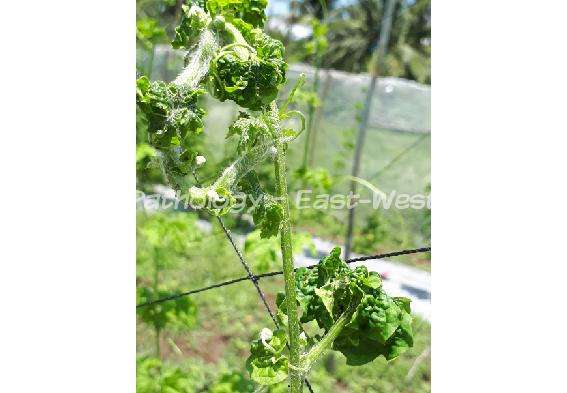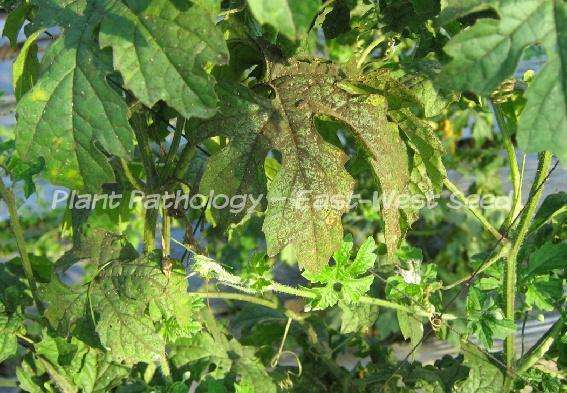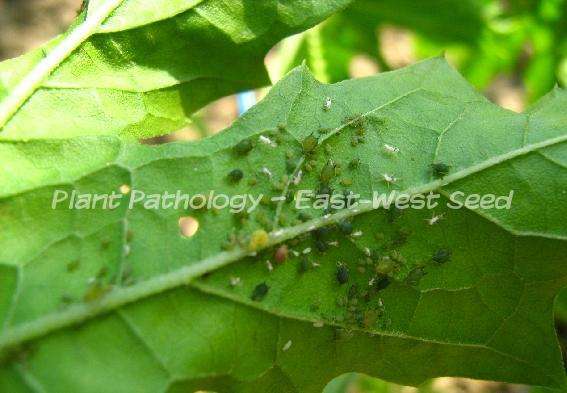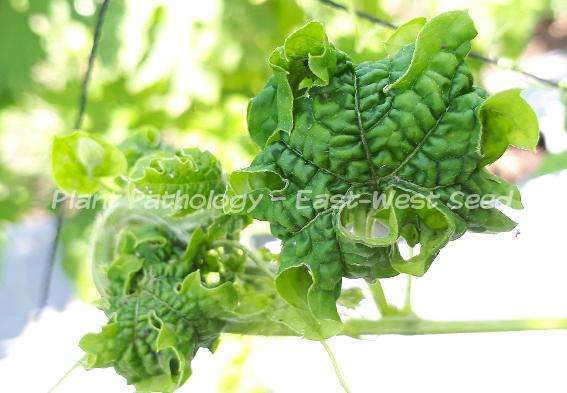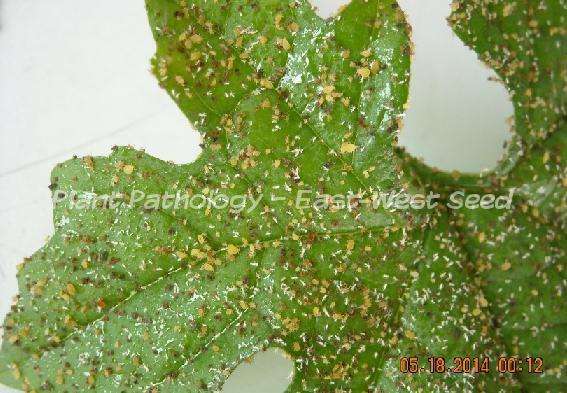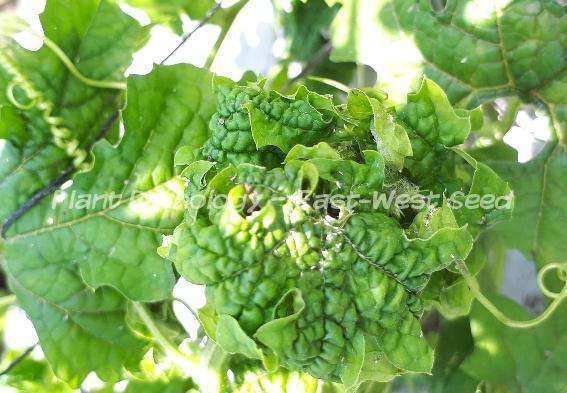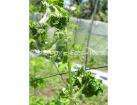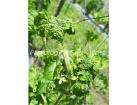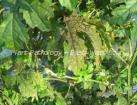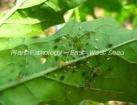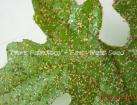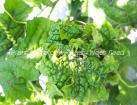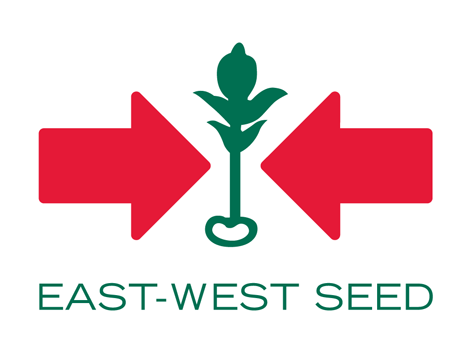| Common Species: | |
 |
Aphis gossypii - cotton aphids |
 |
Myzus persicae - green peach aphids |
 |
Aphis fabae - bean aphid |
| Common Name: | |
 |
plant lice |
 |
greenflies |
 |
blackflies |
| Damaging Stage: | |
 |
Adults and nymphs |
| Crops Affected: | |
 |
Cucurbits, solanaceous, legumes, papaya, cotton |
| Characteristic Damage: | |
 |
Initial damage includes yellowing of leaves. |
 |
High aphid population causes downward curling of leaves, stunted plant growth and wilting. |
 |
Aphids produce honeydew, a sticky exudate that serves as substrate for the growth of sooty mold. It also interferes with the leaves’ photosynthesis and transpiration. |
 |
They are known vectors of different groups of viruses including Potyvirus (PRSV, ZYMV,ChiVMV), Luteovirus (CAYV/NMK) and Cucumovirus (CMV). |
| Management and Control: | |
 |
Monitor the area regularly. |
 |
Remove weeds and volunteer plants that may serve as alternate hosts for the aphids. |
 |
Regulate use of nitrogen fertilizer, excessive nitrogen fertilization favors aphid reproduction. |
 |
Use yellow sticky traps to minimize aphid population. |
 |
Use plastic mulch to repel the aphids. |
 |
Use botanical extracts like neem, kakawate and hot pepper and canola oil. |
 |
Apply imidacloprid, acephate, thiamethoxam, acetamiprid, azadirachtin, dinotefuran, acetamiprid, spinosad, pymetrozine when necessary. |
| References: | |
| http://www.ipm.ucdavis.edu/PMG/PESTNOTES/pn7404.html | |
| https://en.wikipedia.org/wiki/Aphid | |
| Ebert TA, Cartwright B, 1997. Biology and ecology of Aphis gossypii Glover (Homoptera: Aphididae). Southwestern Entomologist, 22(1):116-153. | |
To view other diseases, click here.
Need more help? Ask the Doctor.



